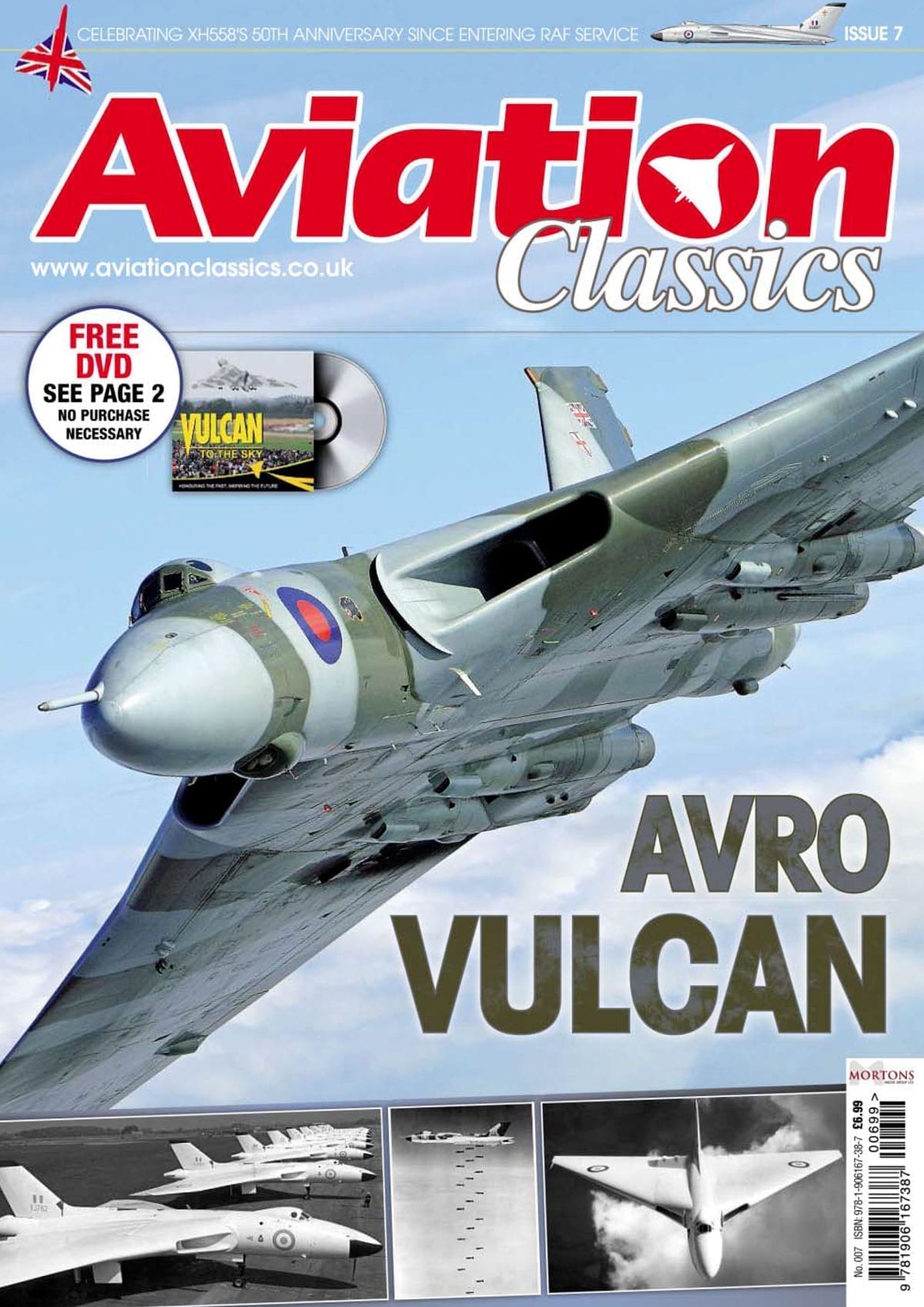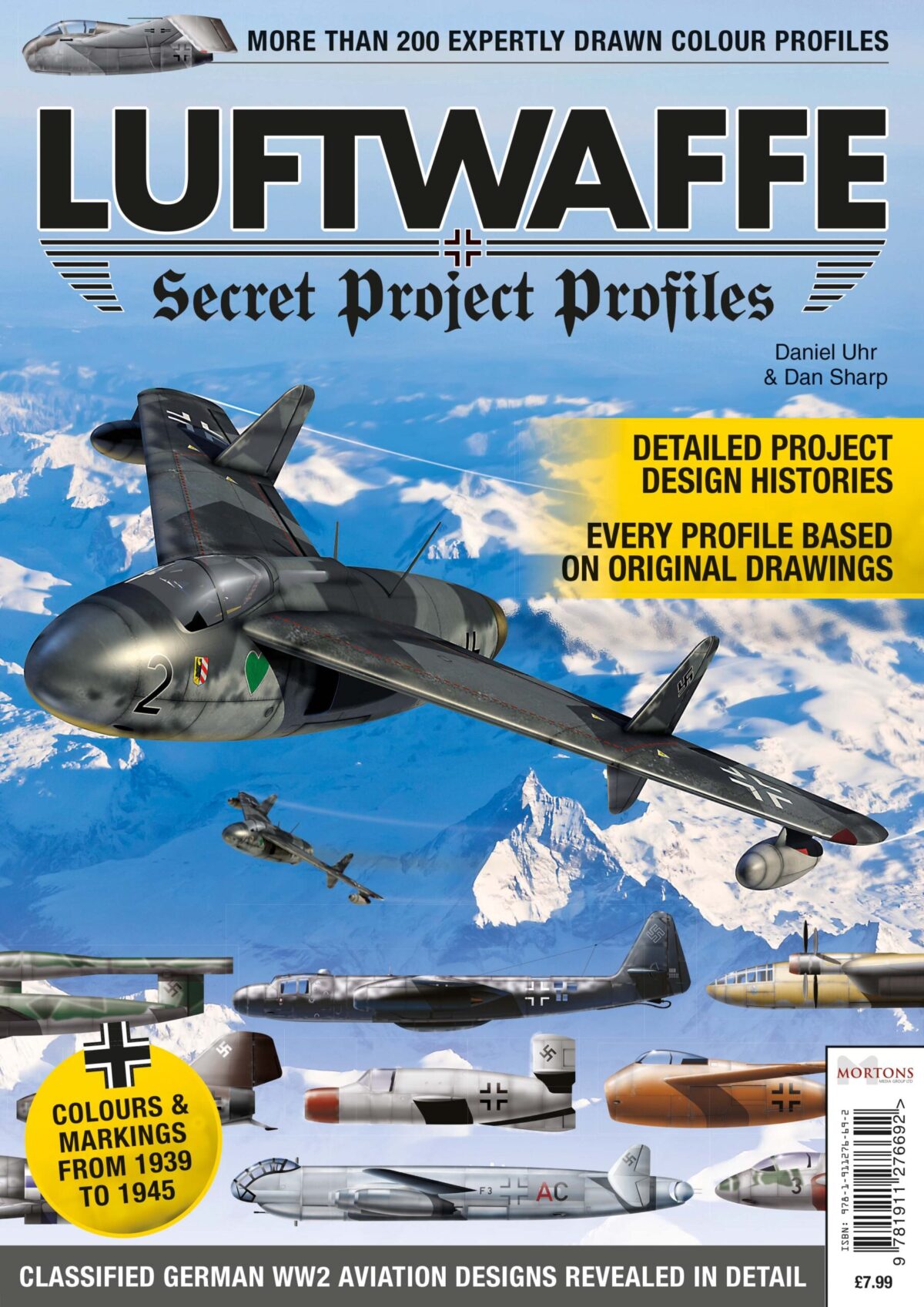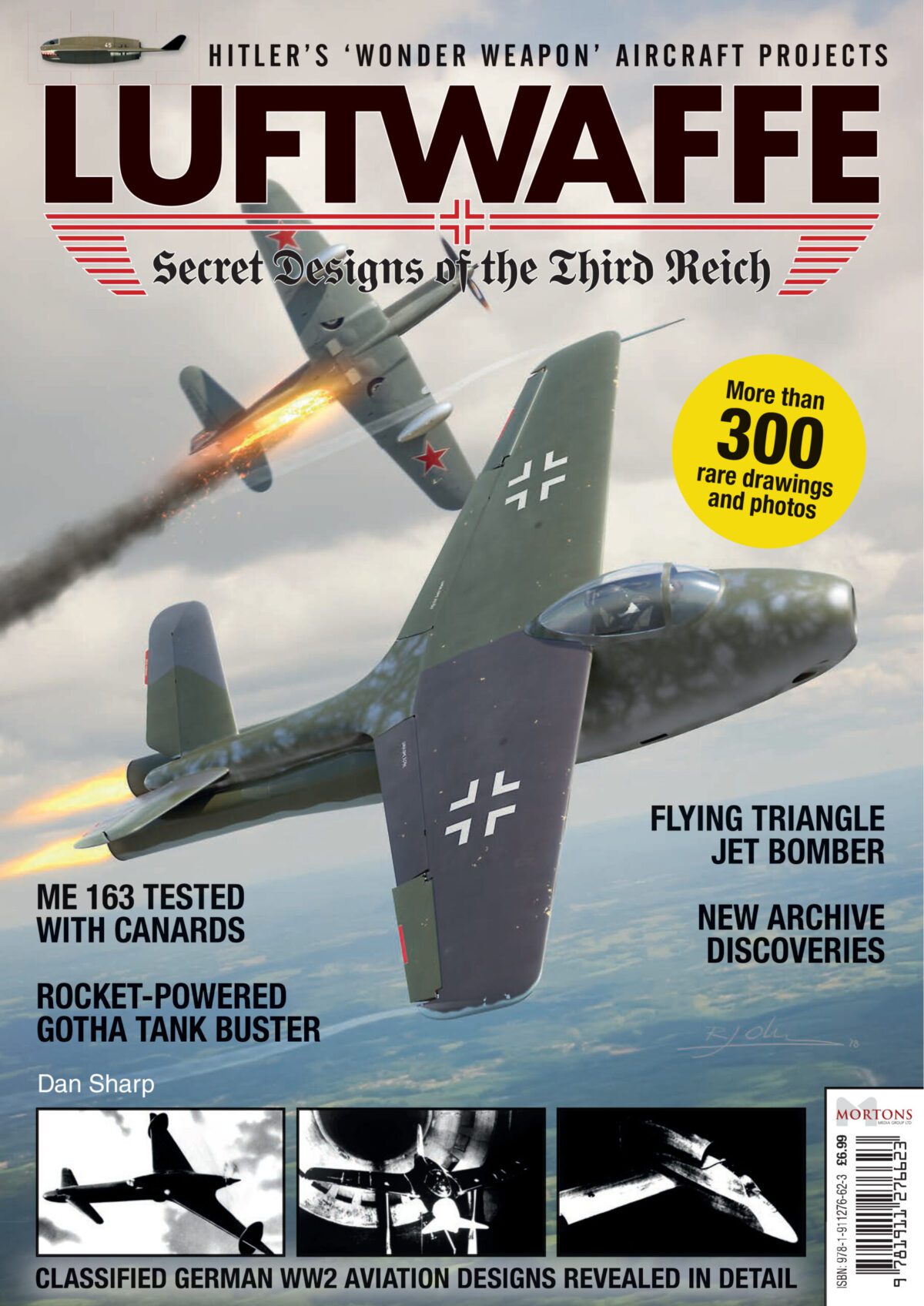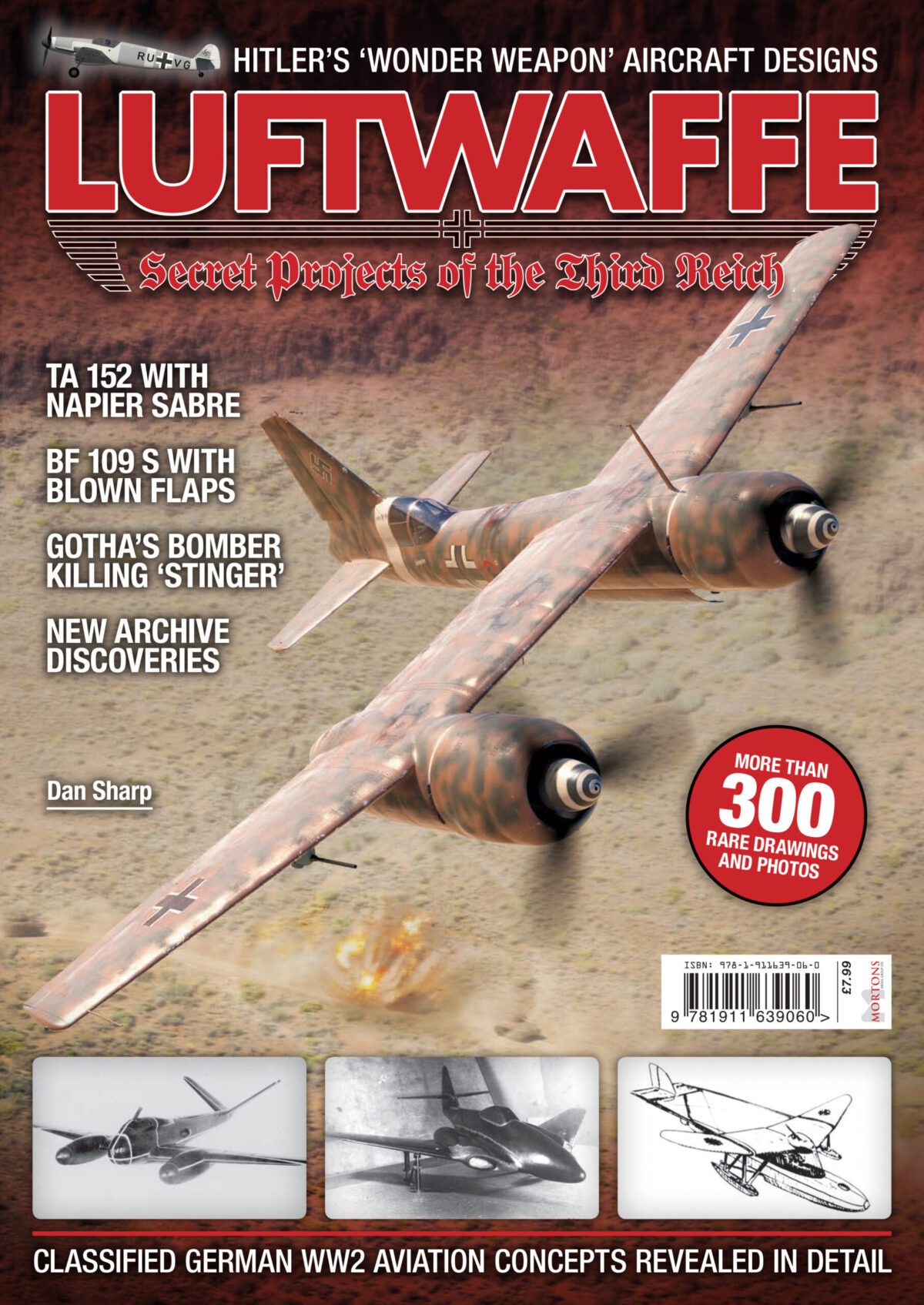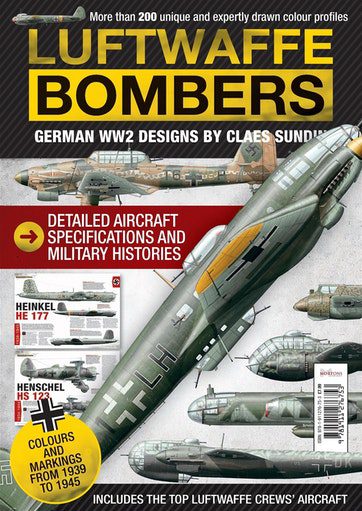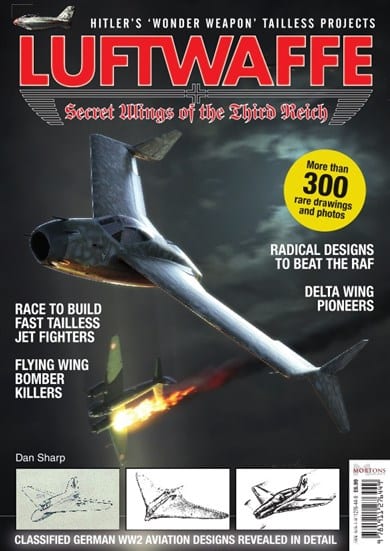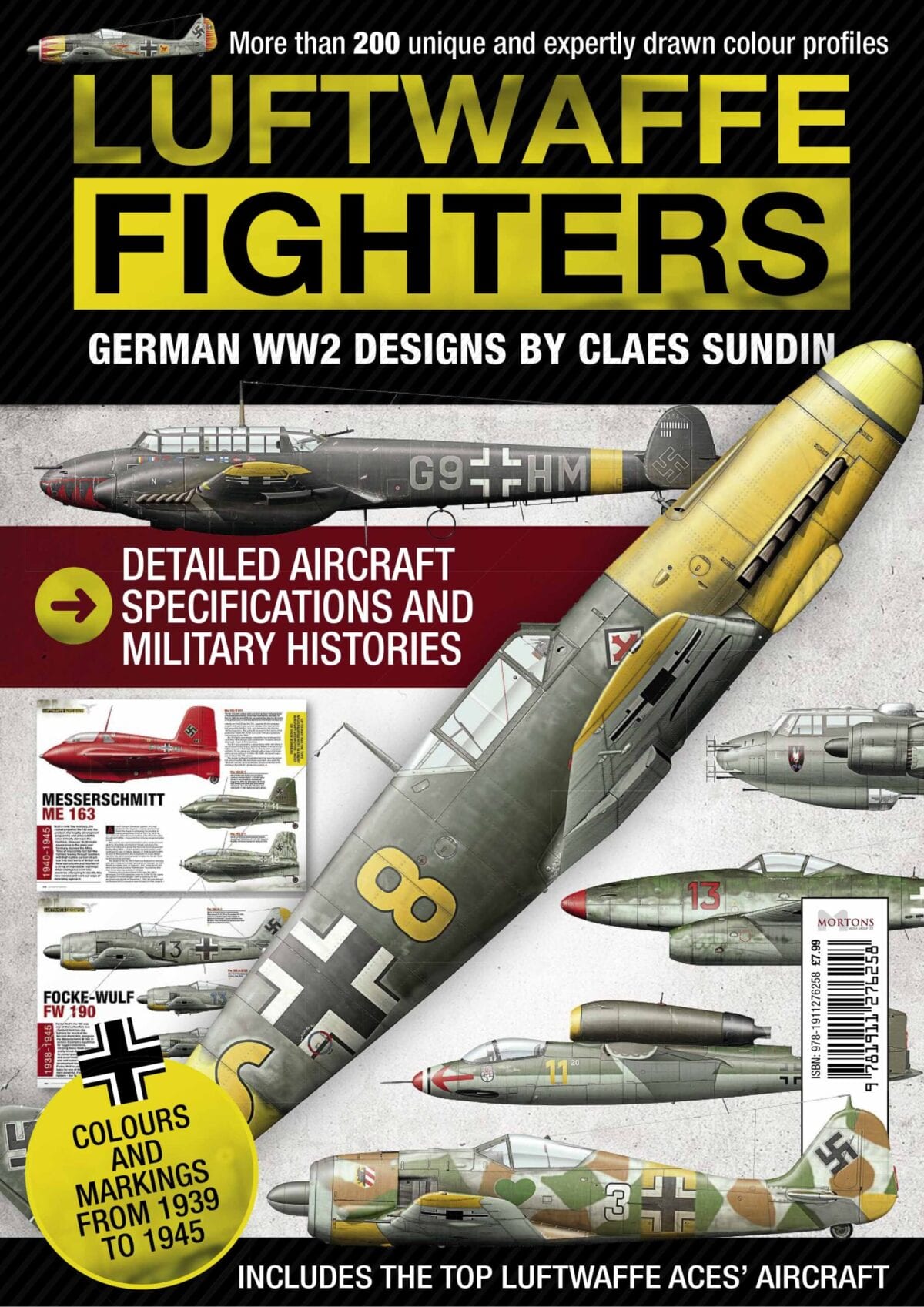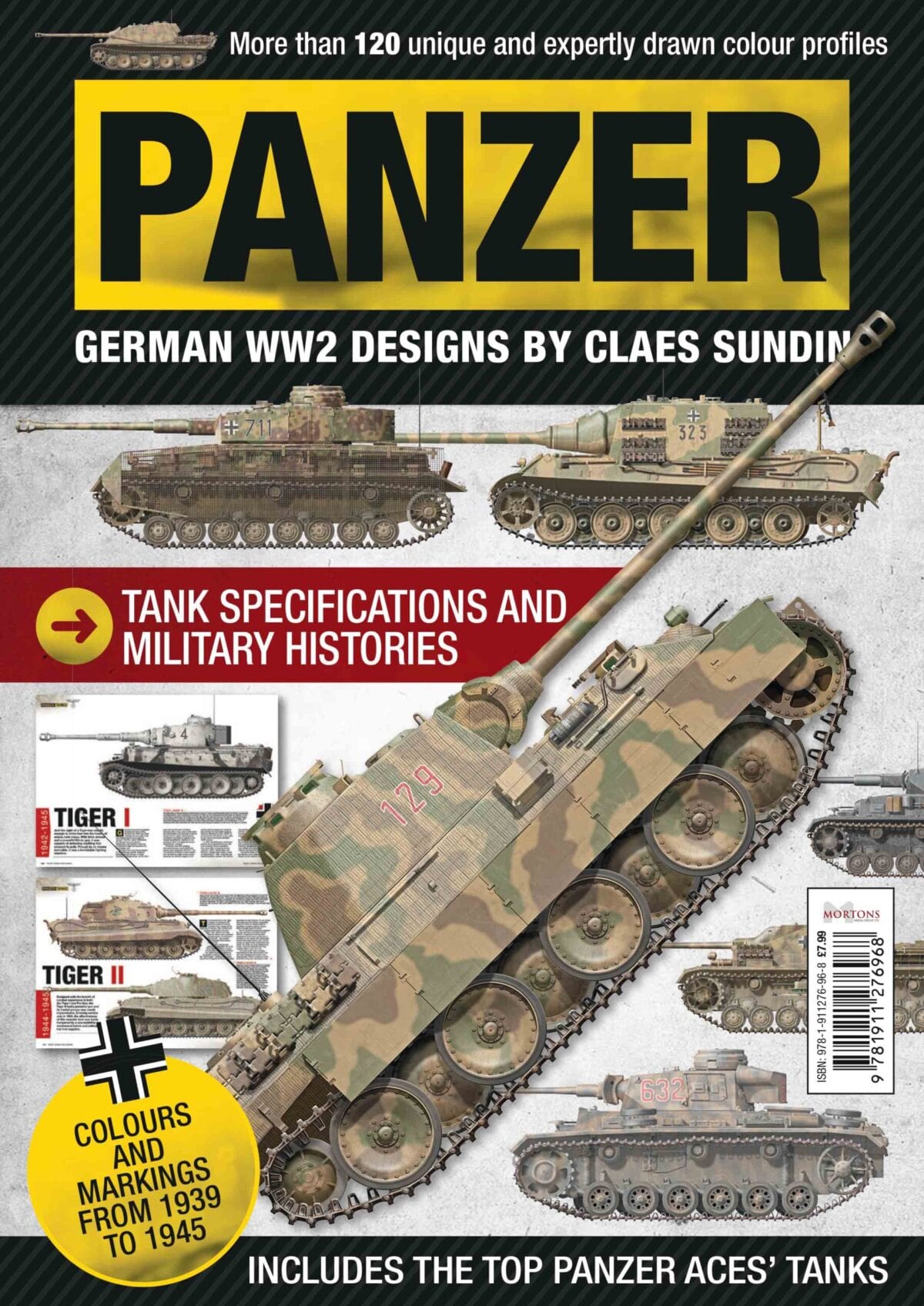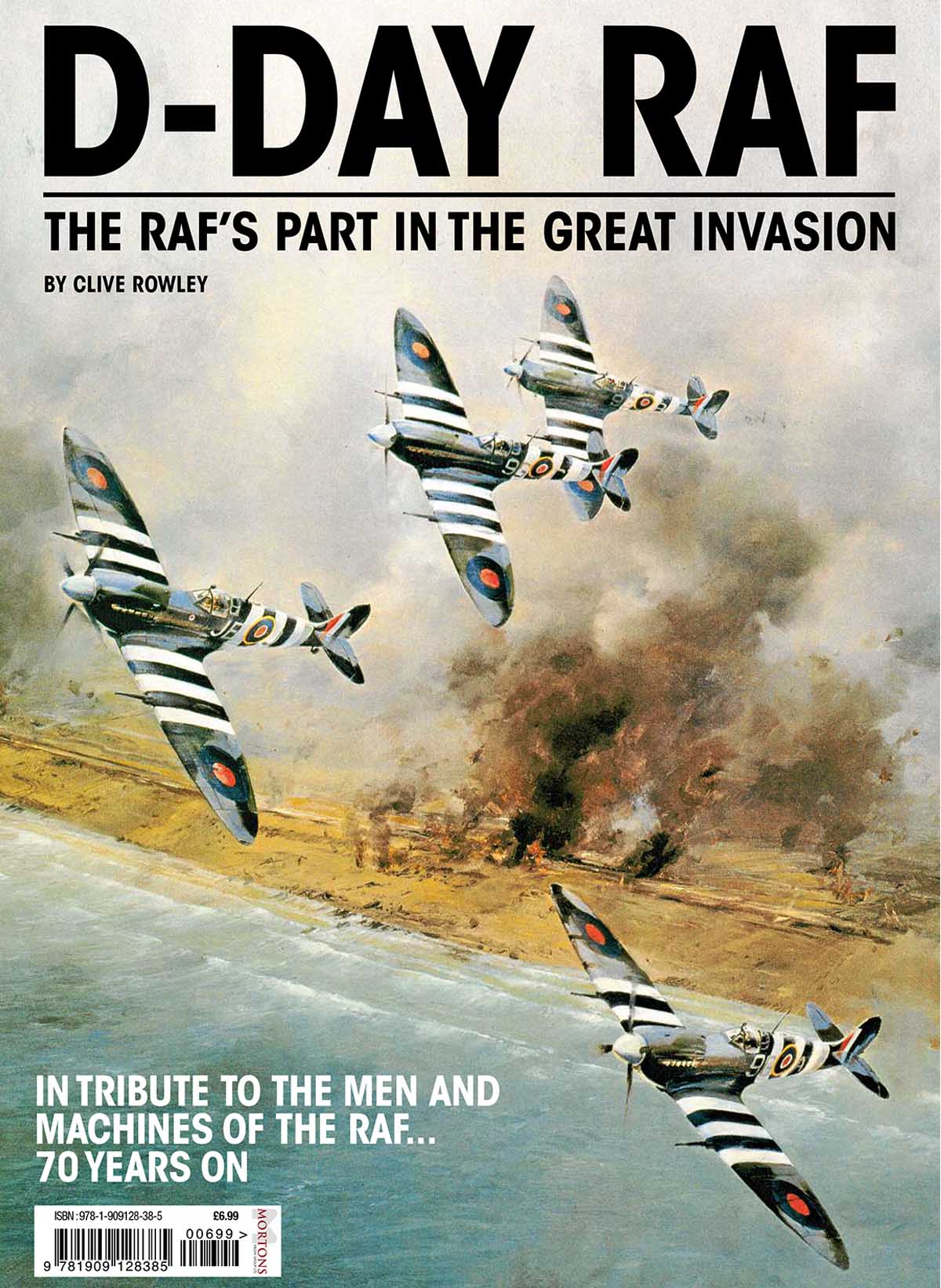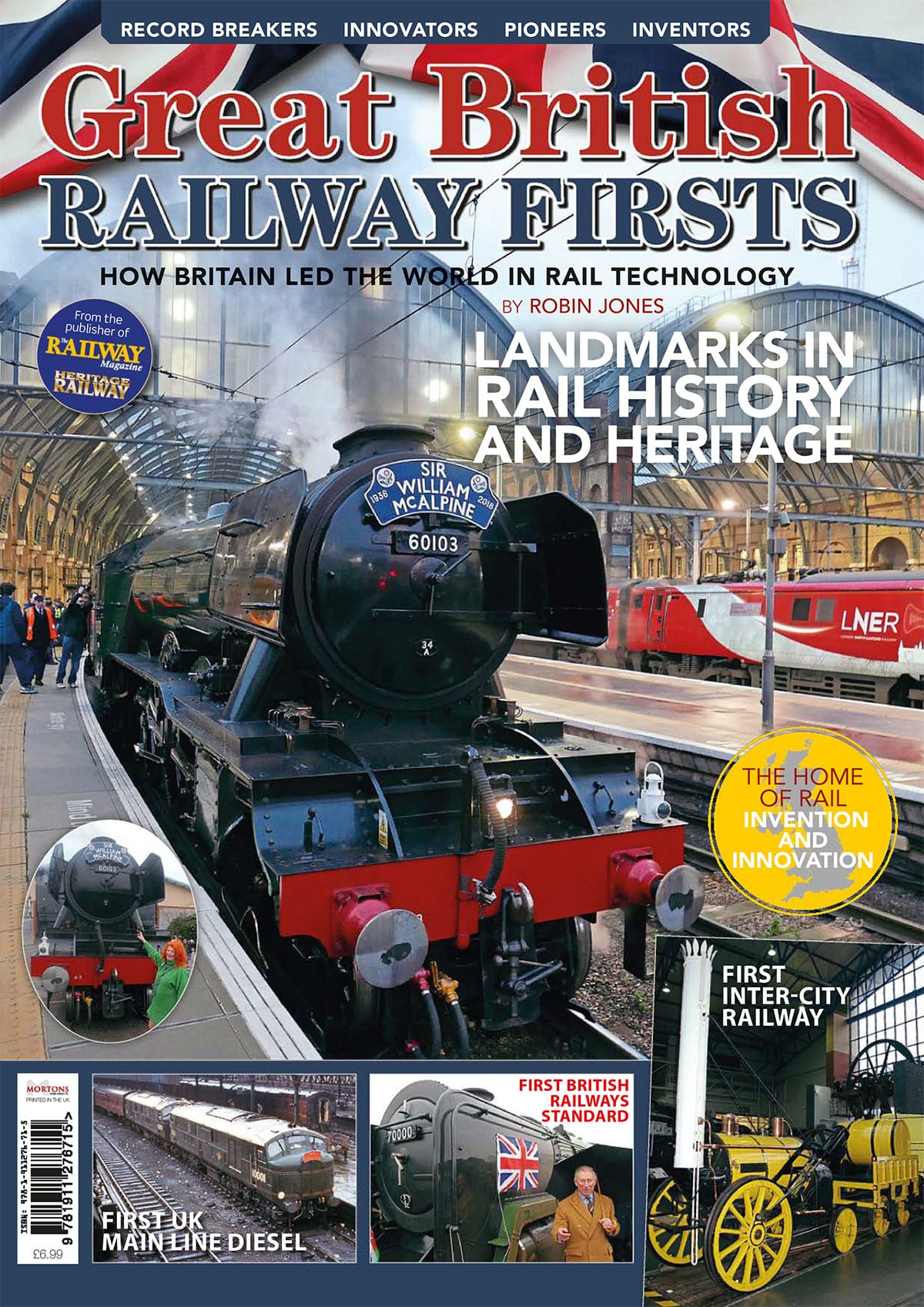An Introduction from the Editor
When the prototype Vulcan VX770 first appeared at Farnborough in 1952, it rightly stole the show! A four-engined Delta-winged jet bomber, it represented a massive leap in technology over its famous Lancaster predecessor which had been a war-winning aircraft only seven years earlier – the Vulcan could fly more than twice as fast, more than twice as high and more than twice as far.
Considering that it soldiered on in operational service into the 1980s, the fact that it was conceived in 1947 shows how advanced its design was for the time. Specification B35/46 was issued in January of that year, and called for a high-performance, long-range, jet powered bomber capable of carrying and delivering a nuclear weapon. Roy Chadwick’s early design work was submitted just four months later, though sadly this great British designer never lived to see the Vulcan fly.
Once into RAF service the type certainly made its mark, with, for such a large aircraft, performance and manoeuvrability that can still take your breath away to this day.
Vulcans formed part of the V-Force, standing on constant readiness as a nuclear deterrent during one of the most tense and dangerous periods in world history following the onset of the Cold War. The fact that it succeeded in its role as a major deterrent at the sharp end, and that the Vulcan wasn’t used for offensive operations until 1982, is something we should all be grateful for. Had it been called into action in the 1950s or 1960s for its intended operational capability of that time, the outcome would have been the self-destruction of much of the human race.
When it was used offensively during the FalklandsWar of 1982 it was on the verge of being phased out. By then, as it was naturally envisaged the mighty V-bomber would no longer ever be needed for such operations, the bomb hoists for the Vulcan’s payload of 21 1000lb HE bombs had been disposed of – so RAF ground crew were reportedly despatched to scrapyards all over Lincolnshire to recover some!Well into its twilight years, the Vulcan then achieved the longest bombing raid ever undertaken; a round trip totalling 7700 miles.
At that time there was also a requirement for the Vulcan to briefly fulfil a shortfall in the tanker fleet, before XH558 soldiered on with the Vulcan Display Flight until 1992 as the RAF’s last flying example of its type. After being sold into private ownership and carrying out ‘fast taxi’ runs at Bruntingthorpe for several ensuing years, XH558 made its triumphant return to flight in civilian hands in 2007 – the result of one of the most complex and challenging returns to flight ever undertaken in aviation preservation.
This issue of Aviation Classics looks at many aspects of the Vulcan story, from the roots of Roy Chadwick’s early Avro designs, through the writings of Avro personnel of the early 1950s and the first flight of prototype VX770, on to its military operations including the Falklands, and right up to XH558’s latest financial appeal which went to the wire in October 2010. I hope the selection of articles and photographs we have assembled for this publication prove a fitting tribute to the Vulcan in general, and in particular mark XH558’s 50th anniversary in suitable fashion. How strange things work out sometimes; the first B2 delivered to the RAF became the last to fly in military hands, and now the oldest complete Vulcan in the world is the only example of its breed to remain in airworthy condition. Long may it continue!
Author: Jarrod Cotter
